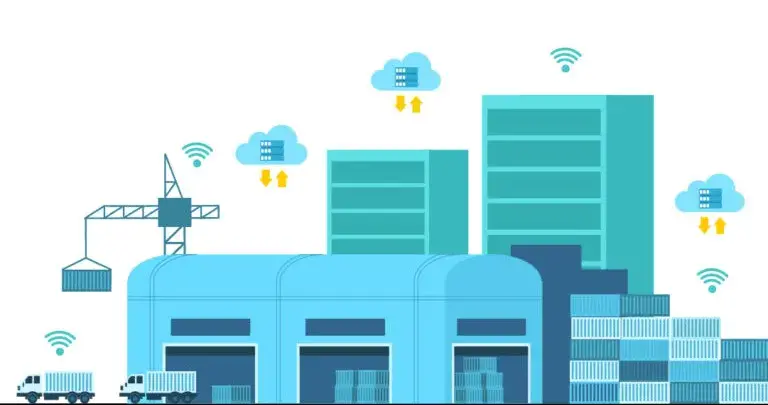Predictive Maintenance as a Service: A game-changer for Manufacturing

Manufacturing encompasses a diverse and wide array of processes, industries, and raw materials. Yet all manufacturers everywhere share a common enemy: Unplanned Downtime, which harms productivity, asset health, brand reputation & dotted line.
Every year, top fortune 500 manufacturing enterprises lose almost 1 trillion to unplanned downtime, nearly 8% of their annual revenue. Here is how the introduction of Predictive Maintenance as a Service can be a gamechanger in the world of manufacturing & asset maintenance to curb unplanned downtime.
But to understand why Predictive Maintenance as a service is so revolutionary, let’s understand how asset maintenance was performed until a few years ago:
What are the types of Asset Maintenance practices in Manufacturing?
Reactive Maintenance:
Reactive Maintenance means letting your machines run unchecked till they fail. Maintenance here is post-failure, as a reactive approach after the anomaly. While it saves you unnecessary downtime & maintenance costs for parts that don’t require servicing, it also means you risk machine failure anytime by being blind about your machine health.
Planned Maintenance or Preventive Maintenance:
After the reactive maintenance approach resulted in constant fire-fighting for the plant manager, maintenance became a time-based activity, i.e., annual, bi-annual, based on their own and peer’s experiences. But often, it was noted that a planned downtime, although revealing nothing wrong with the asset, would still result in loss of productivity & profits. And sometimes, the machines would fail even before the planned period, so the problem persisted.
With the failure of both of these approaches to curb machine failure and thereby unplanned downtime in time, the industry looked forward to solutions like IoT & AI to power up maintenance with real-time insights. And that is what predictive maintenance as a service is all about.
Predictive Maintenance as a Service:
Predictive Maintenance (PdM) relies on real-time monitoring of machine health using smart technologies like edge-computing, IIoT, data science, and analytics. Once an anomaly (w.r.t vibration, temperature, or acoustics) is detected, it is flagged off to the relevant plant supervisor for the next immediate action. A maintenance activity can thus be scheduled if something goes wrong while the maintenance expert can also decode the exact ‘something’. PdM enables the maintenance teams with necessary controls to extend equipment lifecycle, optimize the cost of maintenance, maximize machine uptime and amplify factory performance.
What Industries can Predictive Maintenance as a Service make the most impact on?
Here are some examples of plants where Predictive Maintenance as a Service can save the day:
- Cement plants
- Steel plants
- Metals & Mining
- Oil & Gas Refineries
- Power plants
- Chemical plants
- Pharmaceutical plants
- Petrochemical plants
How can Predictive Maintenance as a Service be a gamechanger for Manufacturing?

What Infinite Uptime’s Predictive Maintenance as a Service brings to the table?
Conclusion
Infinite Uptime offers responsively designed machine diagnostics, remote condition monitoring, and predictive maintenance solutions in diverse industries such as Cement, Steel, Mining and Metals, Tire, Paper, Automotive, Chemicals, FMCG, Oil and Gas, and more. To understand how predictive maintenance applies to your process plant and can help in achieving plant reliability, explore the comprehensive solutions of Infinite Uptime.
FAQs
Predictive Maintenance as a Service reduces operational costs associated with unplanned downtime and reactive maintenance. It enhances quality control, boosts brand reputation, increases employee productivity, and provides real-time insights for informed decision-making in manufacturing operations.








